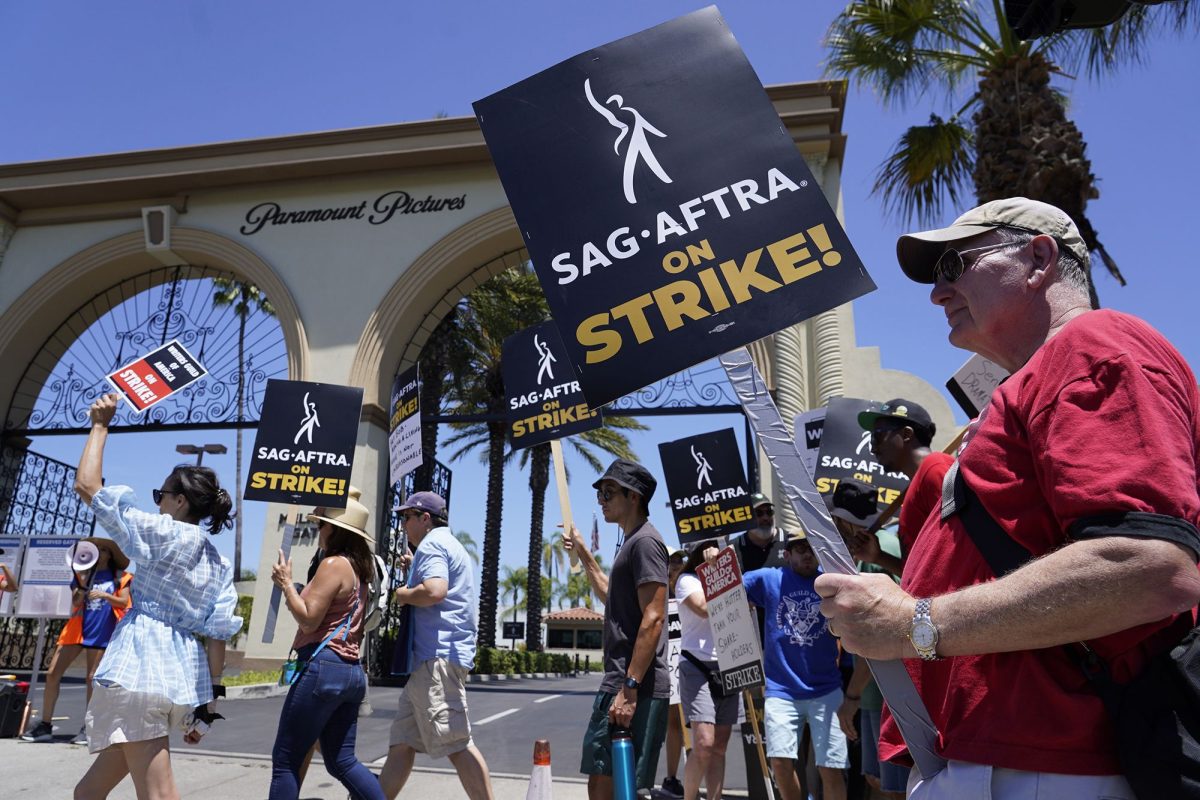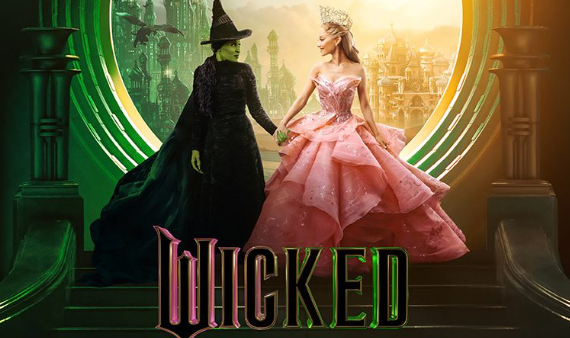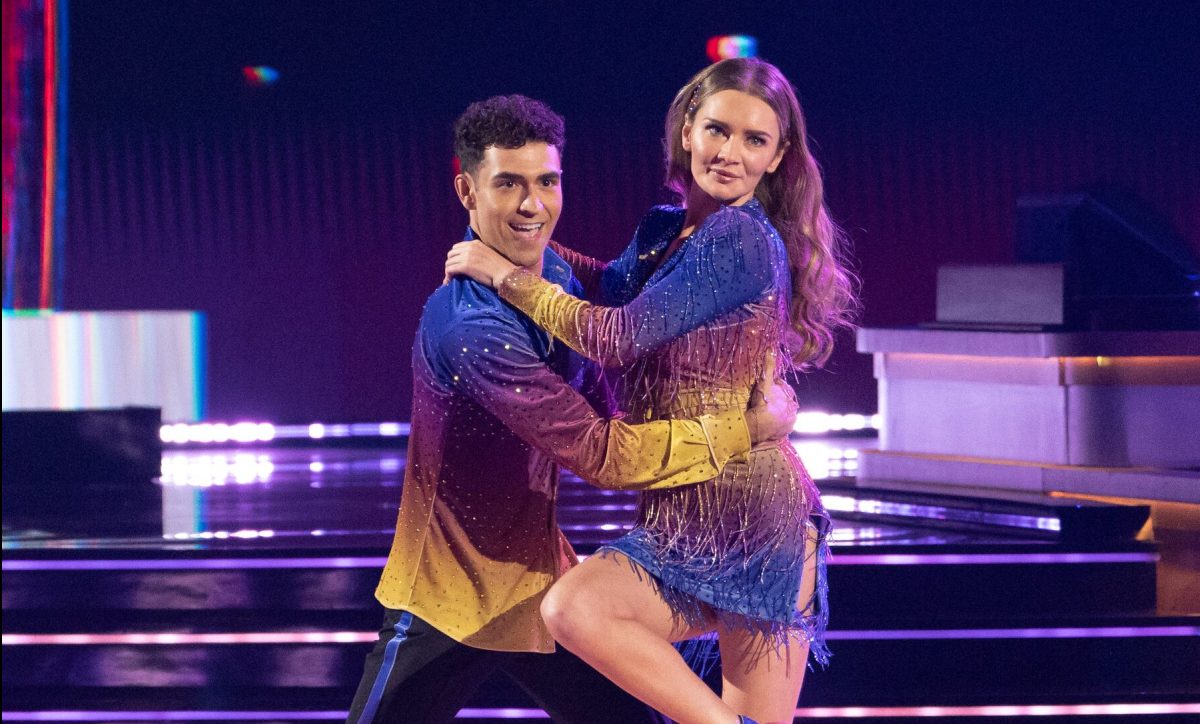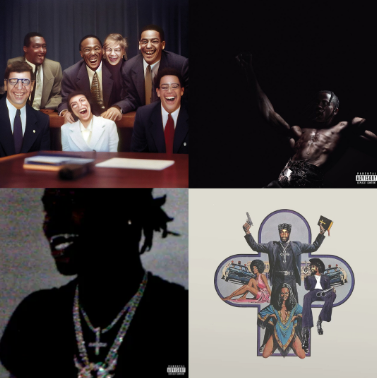On July 14th, 2023, the Screen Actors Guild – American Federation of Television and Radio Artists joined the strike against the American Motion Picture and Television Producers in solidarity with the writers. Like the Writers Guild of America, SAG-AFTRA is striking in hopes of higher pay, better contracts, and controlling the use of AI. Both strikes are showing the untold side of Hollywood, highlighting the growing inequality between both sides .
SAG-AFTRA is a culmination of two labor unions, the Screen Actors Guild and the American Federation of Television and Radio Artists. They represent actors, broadcast journalists, puppeteers, stunt performers, and so many other media positions. News anchors and other positions within news stations are covered under SAG-AFTRA, but have different contracts which is why they can continue to report amid the strike.
SAG-AFTRA, or commonly referred to as SAG, voted to go forward with a strike before starting negotiations with studios in June. The contracts between SAG and the studios (AMPTP) expired on June 30th. Negotiations broke down 13 days later when on July 13th, SAG’s president, Fran Drescher, delivered a speech declaring SAG on strike. The next day, actors joined the writers on the picket lines. The last time the WGA and SAG were both on strike at the same time was in 1960, when the president of SAG was Ronald Reagan.
Now with the actors on strike, the production of more movies and TV shows, such as Deadpool 3 and Yellowjacket, have been shut down. SAG has granted waivers to certain independent studios, like A24, to continue filming as long as they aren’t associated with AMPTP studios. Actors and writers cannot do any promotional work for films being released, which has pushed back this year’s film festival circuit. Another example of promotional work being affected is the London premier of “Oppenheimer,” which the cast walked out of to show their solidarity with SAG.
Fran Drescher has said, “86% of [SAG] members cannot meet the $26,500 dollar a year threshold to get their medical benefits…They want us to accept a deal that in real money is less than what we made in 2020.” One of the main ways actors obtain money from their previous projects is through residuals. Actor Kimiko Glenn, who appeared in 44 out of the 96 episodes of Orange is the New Black, shared a video of her most recent quarterly residual, showing how she made 27 dollars and 13 cents in total. An actor between projects cannot use this for a liveable wage. Residuals aren’t the only way an actor makes money, but for a smaller actor starting out, this is barely enough to live off of.
Studios want to use AI to scan the face of background actors and use it in place of an extra on films without paying the original actor. They also want to use AI as a way to write scripts instead of hiring real writers. Using AI is a way for the studios to not have to pay anyone, but also as a way to make more content faster. AI may be a good thing for the studios, but it is a disservice to the actors and writers. While the studios and the CEOs keep getting richer, the actors, who are a reason for popular productions, are getting paid less.
One studio executive told Deadline that they were going to hold out until writers and actors lose their houses and apartments. The studios have declined many of SAG’s requests including actors sharing revenue with streaming services, increasing the penalties for not giving meal breaks, and giving actors more money in damages when studios are late with payment.
These strikes include a lot more industry professionals than just the actors and writers. Camera operators, makeup artists, lighting technicians, and many more are out of work because of the combined strike. When asked how the strike has affected her job, Amanda Salas, an entertainment anchor on Fox 11 and SAG-AFTRA member, says, “The strike has affected my job duties in a way where press junkets for film/tv have changed. The invites no longer include the stars of these projects, and most offer the Director or Producers to discuss the project. We are still able to work and a lot of my stories recently have been about the strike and providing any updates to the audience.” There are limited things an entertainment anchor can do during this strike with little to report on. It is actually a very good thing that news anchors are still able to do their jobs because that means there is more coverage for the strike. With more coverage, then there is the possibility of more people aware of the strike. With more awareness comes more momentum for action.
SAG hasn’t reached the point in their strike where they want people to stop streaming content and going to the movies. SAG negotiators have mentioned how a complete boycott of theaters and streaming services is on the table, but SAG wants theaters to be successful and their strike isn’t against them but against the production companies. Actors, writers, and storytellers do so much for society, and it is hard to think about living in a time without the film and entertainment industry. Studios still have little to say about either strike. The entertainment drought is going to last longer than people thought and there isn’t an end in sight.








